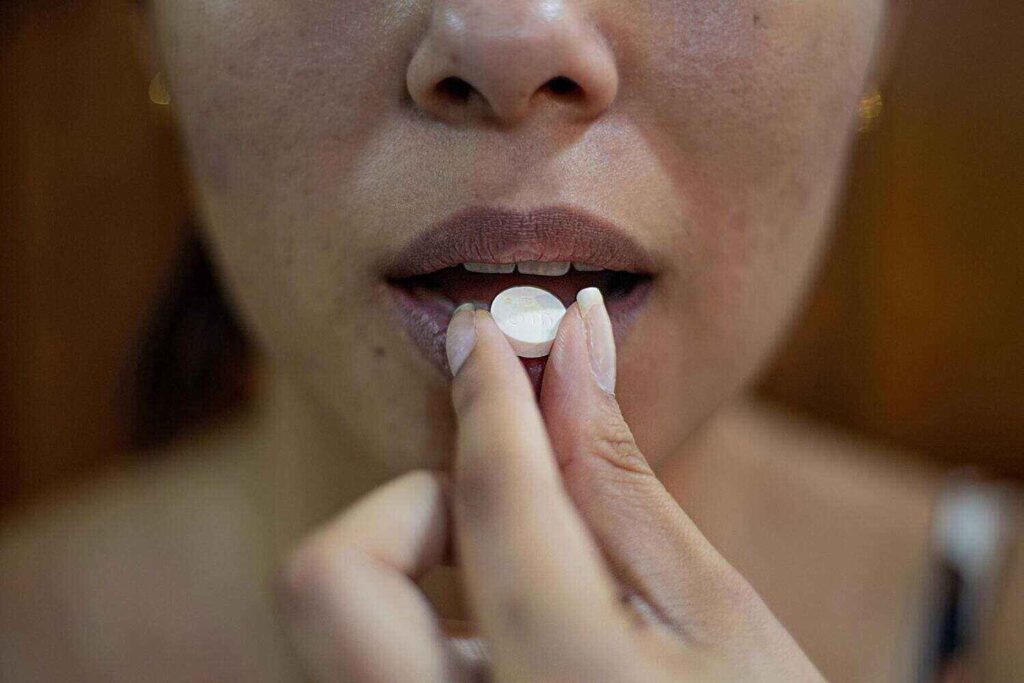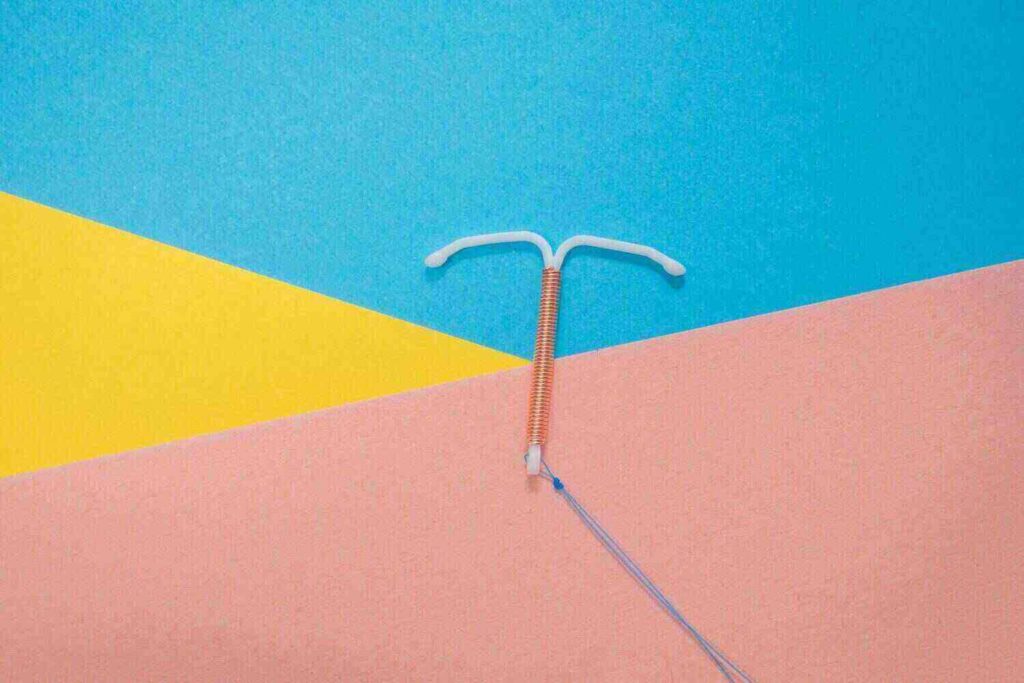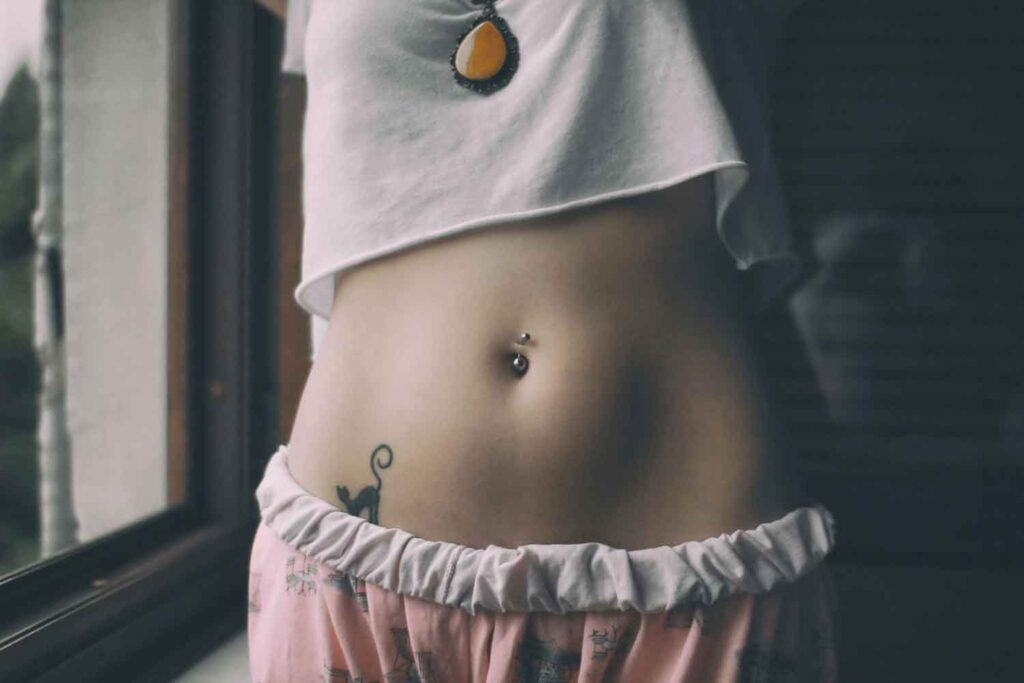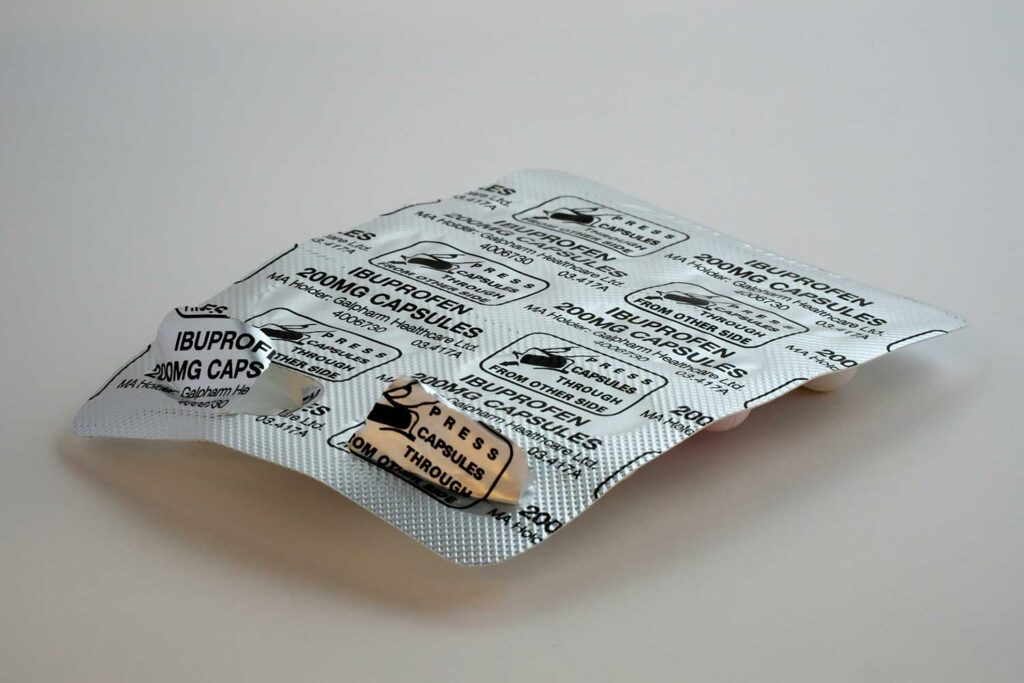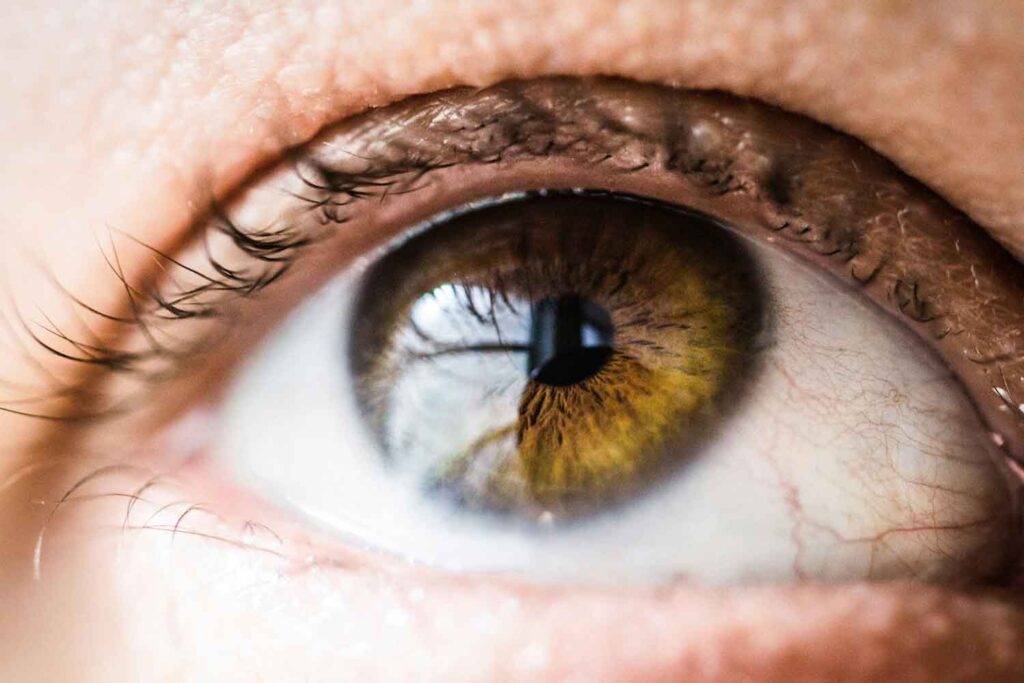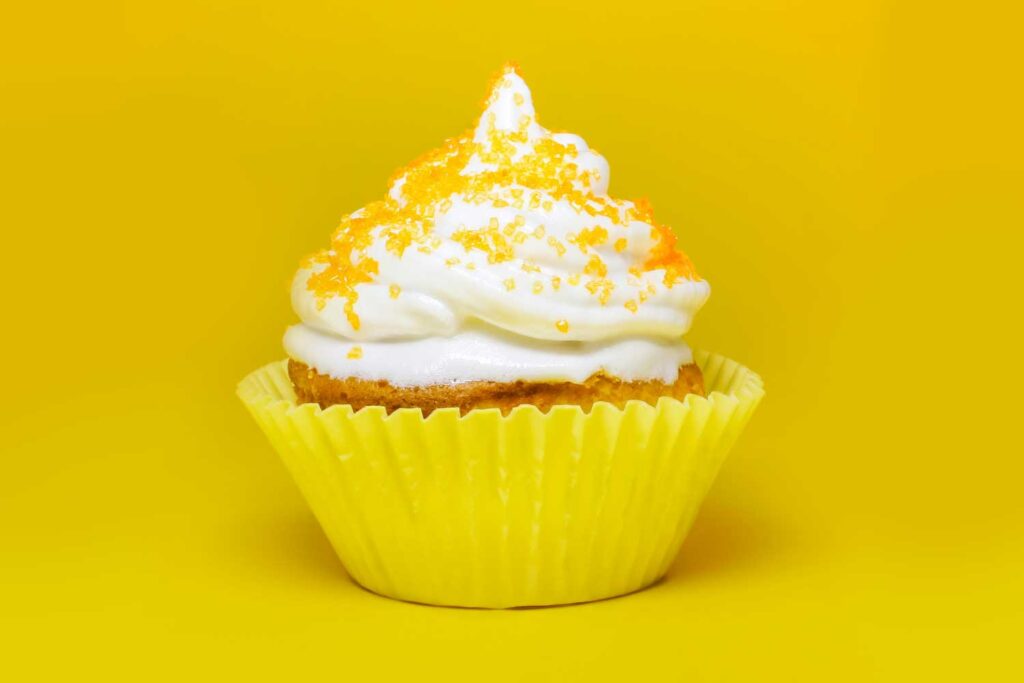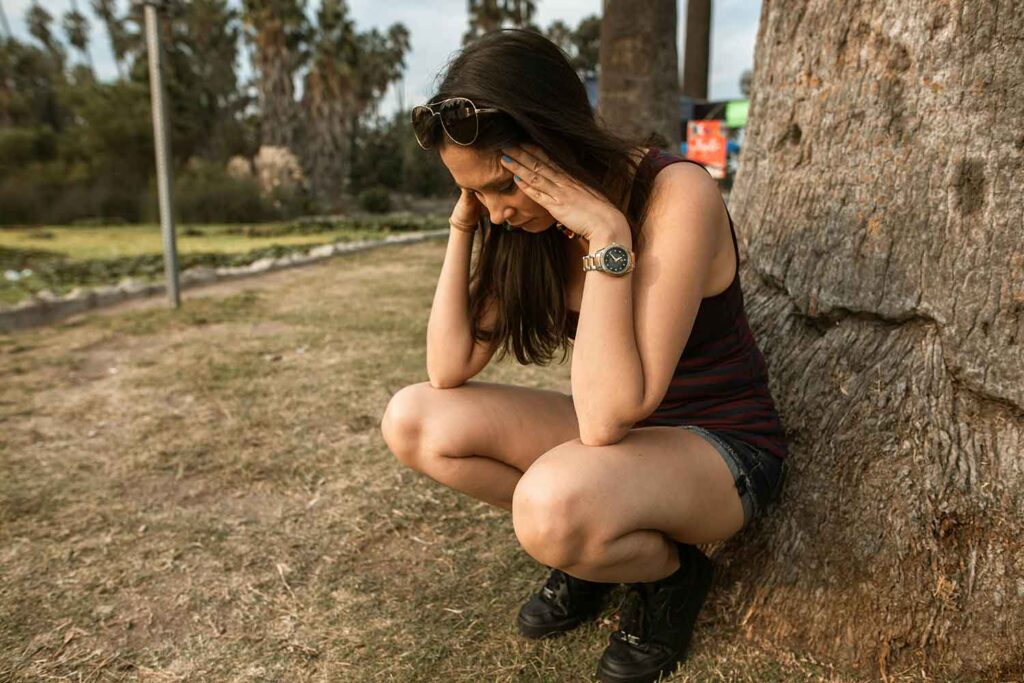Outie Belly Button Piercings: Is it Safe?
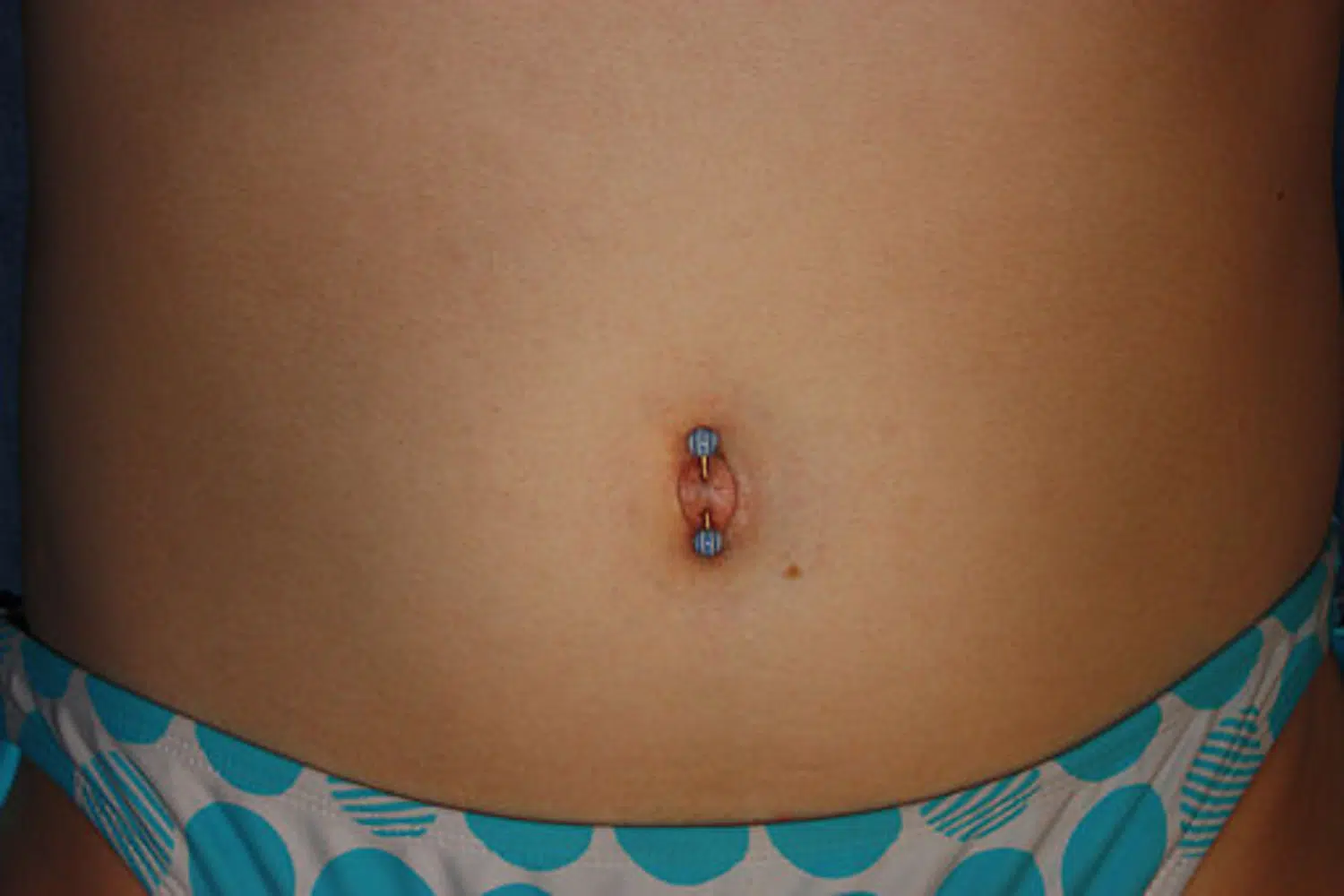
Usually, when you see pictures of belly button piercings online, it’s almost always an innie. Therefore people with outies may feel like belly button piercings aren’t for them. But is that true? Here’s everything you need to need to know about outie belly button piercings including the risks.
Photo: Wikicommons
What Causes an Outie Belly Button?
There are many misconceptions about why people have outie belly buttons. According to Healthline, an outie belly button has nothing to do with how:
- Your parents took care of your umbilical stump
- How the doctor clamped your umbilical cord
- How the doctor cut your umbilical cord
Chances are your outie belly button, as Healthline puts it, is, “simply luck of the draw.”
However, there are some medical reasons Healthline outlines, that can result in an outie belly button. These include umbilical hernia and umbilical granuloma.
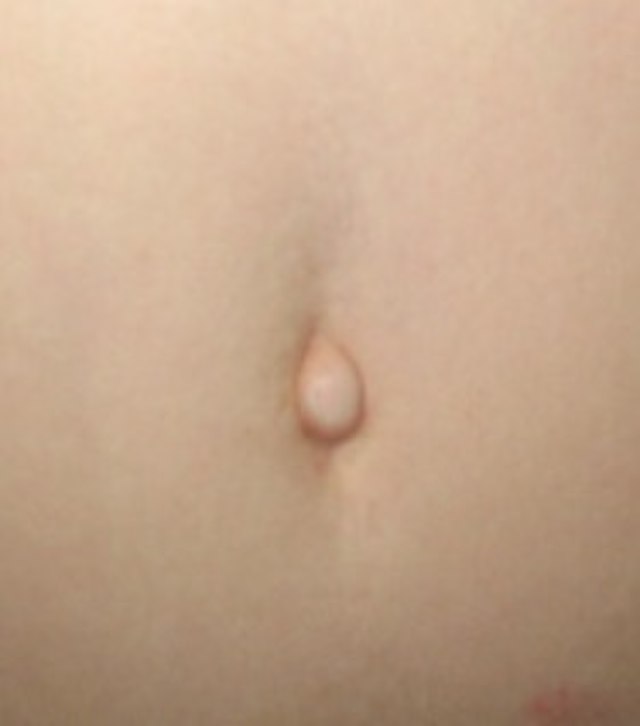
Can You Get an Outie Belly Button Piercing?
Technically you can but it’s not recommended.
As a matter of fact, most piercers won’t pierce your outie belly button. According to Prep Scholar, “if you have an outie belly button, you most likely won’t be able to get it pierced.”
Several sources say that while some people go ahead with piercing their outie belly button, it’s not a good idea.
When asked about outie belly button piercings, Niki Yeadon, piercing expert and founder of Crystal Point Piercing told Glamour Magazine UK, “It takes a certain shape for the piercing to be successful,”
Love to Know says an outie belly button piercing is not worth the risk. They said, “the increased risk involved with piercing your plug simply isn’t worth gambling with your health.”
Remember an outie belly button and an innie belly button are fundamentally different and so is the piercing experience.
With an outie, the piercing would go through the naval plug itself which introduces added risks which we’ll discuss later. In contrast, an innie belly button piercing uses the skin above the naval plug.
However, there are some people with an outie belly button that may get a belly button piercing.
According to Infinite Body, “some people with outies have regular lips of surface skin above or below them—sort of a combination “innie” navel with a little outie inside. Depending on the individual shape of the navel, this surface skin may be pierceable.”
That’s why it’s important to see a reputable piercer so that they can make a proper assessment.
Risks of an Outie Belly Button Piercing
The reason outie belly button piercings aren’t recommended is because of health and safety reasons.
A belly button piercing, whether an innie or outie comes with certain risks. For example, you may develop an infection from piercing especially if you don’t clean it properly. However, the difference between innie and outie piercings is that there are elevated risks with the outie ones such as:
- Increased risk of migration or rejection
- Jewelry may not hang well
- Increased risk of bleeding
- Increased risk of serious infection
Increased risk of migration or rejection
There is always a risk that your belly button piercing may reject or migrate. That’s why it’s important to look out for signs of a rejected piercing.
However, with an outie belly button piercing, there is an increased risk of migration and rejection. Glamour Magazine UK says “getting a piercing where your anatomy doesn’t allow can lead to migration.”
Niki Yeadon was also quoted in Glamour Magazine UK saying, “In a lot of cases, if the shape isn’t allowing for the bar to sit comfortable, it will grow out,”
Love to Know echoes similar sentiments stating, “To achieve a good navel piercing, you need to have the desired anatomical shape to support this piercing. Without this lobe shape, more stress is put on your piercing and this could eventually cause it to tear or migrate.”
Having your piercing rejected or migrated can be uncomfortable, and painful, and chances are you’ll have to remove it.
Jewelry may not hang well
You may not get the preferred look of a belly button piercing if you go ahead and pierce an outie belly button.
According to Love to Know, due to the presence of scar tissue in an outie belly button, the piercing may end up crooked or simply not hang well.
Increased risk of bleeding
There is a chance that you could have an increased risk of bleeding if you pierce your outie belly button.
Love to Know states that there are more blood vessels in the naval plug in comparison to the skin above it and so there could be an increased risk of bleeding. We weren’t able to verify that information in other sources though.
Increased risk of serious infection
All piercings come with some risk of infection. As a matter of fact, some people do develop infections from their piercings but typically make a full recovery.
Unfortunately, piercing an outie belly button puts you at risk for a more serious infection. According to Prep Scholar, “infections in outie belly button piercings can travel to your internal organs and become extremely dangerous.”
Love to Know also echoes that concern saying, “an infection of an outie piercing can quickly travel through your system and become life threatening.”
What If I Pierce it Anyway?
If you already found a piercer willing to do this risky piercing and had it done, take super good care of the piercing.
That means cleaning it meticulously and being on the lookout for signs of infection. If you’re noticing pain, redness, pus and other signs of infection, seek medical attention immediately.
In addition to that, look out for signs of migration and rejection.
Finally, Love to Know says, “…..since an outie piercing protrudes farther than the average navel piercing, it’s more important than ever to keep your jewelry from snagging on your clothing.”
Takeaway
Are outie belly button piercings safe? No. In some cases, people who don’t have a full outie can have it pierced. However, generally, a reputable piercer is not going to pierce your outie belly button. It presents additional risks that aren’t worth it.

